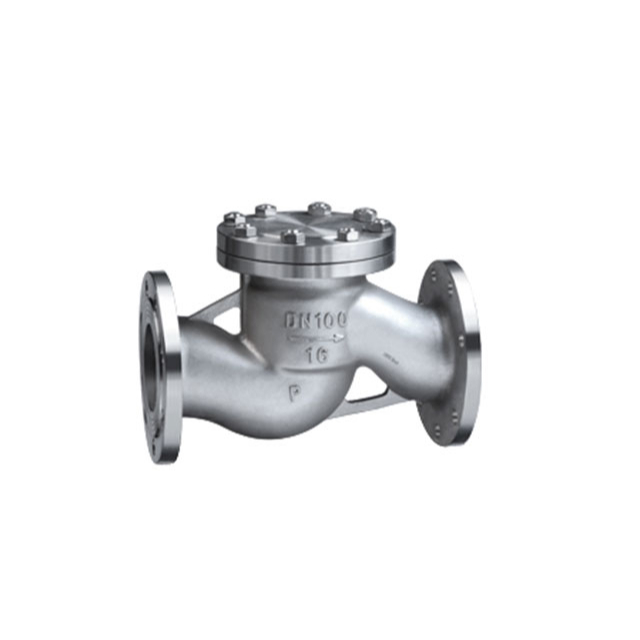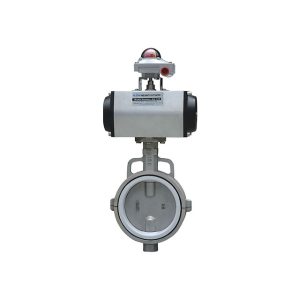Table of Contents
ToggleStainless steel check valves are essential for both industrial and residential applications. These valves control the flow of fluids, prevent backflow, and ensure the safety of your systems.
Let’s look at the different types of check valves, their characteristics and advantages, and the essential things to consider when selecting the best stainless steel check valve for your requirements.
What are the Types of Stainless Steel Check Valves?
Stainless steel check valves come in various types, each designed to suit specific applications. Some of the most common types are:
- Swing Check Valves: Operating like a door on a hinge, swing check valves use a swinging disc to facilitate flow in one direction while blocking any reverse flow when the pressure decreases. They are ideal for applications with moderate flow rates.
- Lift Check Valves: Lift check valves employ a piston or ball to control flow direction. They are suitable for high-flow applications and offer minimal resistance to flow.
- Dual Plate Check Valves: These innovative valves feature two spring-loaded plates that quickly respond to changes in flow direction. They find everyday use in pipelines with varying flow conditions.
- Bronze Check Valves: Bronze check valves are designed with a bronze body, which is known for its excellent corrosion resistance. These valves are ideal for applications where exposure to seawater or corrosive environments is a concern.
- Casting Check Valves: Casting check valves are manufactured using a casting process, allowing for intricate designs and customization. They are versatile and can be adapted to various industrial settings.
What are the features and benefits of Stainless Steel Check Valves?
The Stainless steel valves offer a range of features and benefits that make them a preferred choice in many applications:
Corrosion Resistance: Stainless steel is highly corrosion-resistant, making these valves suitable for harsh environments and corrosive fluids.
Durability: These valves have a long service life, reducing the need for frequent replacements.
Reliability: These valves provide reliable performance, ensuring uninterrupted flow control.
Versatility: They can handle various temperatures and pressures, making them adaptable to multiple industries.
Low Maintenance: Stainless steel valves require minimal maintenance, saving time and resources.
Prevent Backflow: Check valves to prevent backflow, reducing the risk of contamination and system damage.
What factors do I need to consider when choosing Stainless Steel Check Valves?
When selecting these valves for your application, consider these factors:
Application: Determine the specific requirements of your application, such as pressure, temperature, and fluid type.
Valve Type: Choose the correct type based on your flow control needs.
Size and Connection: Ensure the valve size and connection type match your pipeline requirements.
Material: Stainless steel comes in various grades. Select the one that offers the best corrosion resistance for your application.
Flow Rate: Calculate the required flow rate and choose a valve to handle it.
Budget: Consider your budget constraints and find a valve that meets your requirements without exceeding your budget.
In conclusion, stainless steel check valves are indispensable in various industries, offering durability, reliability, and corrosion resistance. Understanding the different types, features, and factors to consider will help you make an informed decision when choosing the correct stainless steel check valve for your needs. Whether it’s maintaining system safety or optimizing fluid control, these valves play a vital role in ensuring the smooth operation of your systems.











